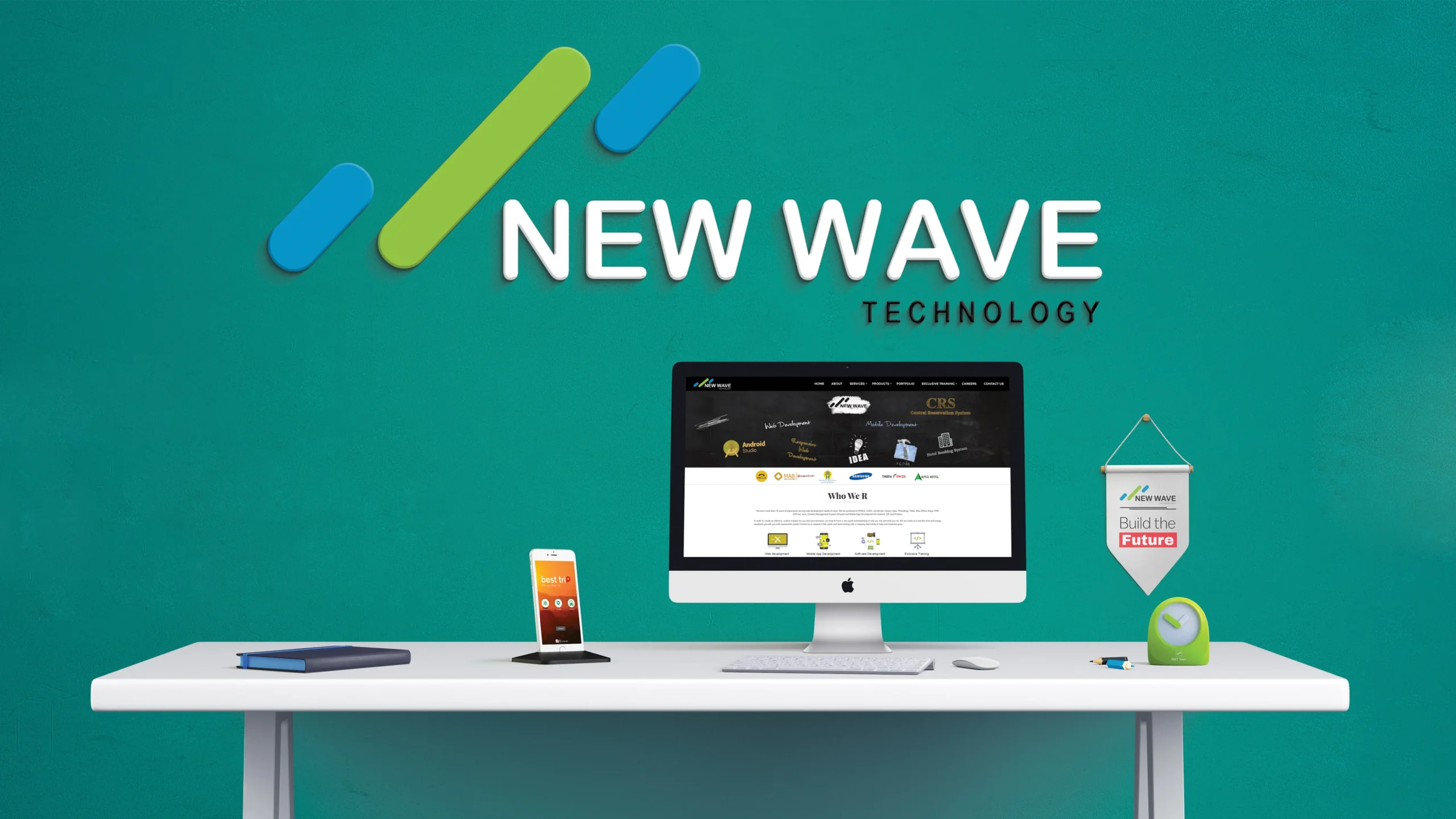Web development, much like the ocean, never sits still. Always in flux, it continuously tosses up new waves of innovation, and those who ride these waves stay ahead of the competition. As we sail into 2023, developers, designers, and businesses need to be alert to these emerging trends, taking advantage of them to shape a digital future that is resilient, dynamic, and engaging. This post explores four key web development trends of 2023, illuminating how they are revolutionizing the way we interact with the digital world.
Quantum Computing: The New Frontier

Quantum computing, while still in its nascent stage, is beginning to influence web development. With unprecedented computational power, quantum computers can handle complex calculations at speeds unimaginable with traditional computing. As they become more accessible, they’ll open up new possibilities for web development, such as real-time data analysis, enhanced AI capabilities, and ultra-secure encryption techniques.
Web development can leverage quantum computing to enhance personalization. For instance, real-time data analysis can provide unique, tailored user experiences based on instantaneous feedback. Improved AI capabilities, powered by quantum computing, can make website interactions more engaging, responsive, and intuitive.
However, with the power of quantum computing comes the challenge of quantum-resistant cryptography. Traditional security measures may become obsolete, making the development of new quantum-safe security protocols a priority. This new frontier presents opportunities for innovation and growth but also necessitates a proactive approach to security and encryption.
Mixed Reality (MR) Integration

Mixed Reality (MR) is the seamless blending of physical and digital worlds, allowing users to interact with both simultaneously. MR is gradually permeating web development, introducing a new level of interaction and immersion that transcends the limitations of screens.
Integrating MR into websites can create highly interactive and engaging user experiences. For example, online retailers can use MR for virtual try-ons, and real estate developers can use it for virtual tours. This level of interactivity enhances user engagement, reduces decision-making time, and drives conversions.
However, creating MR-integrated websites poses unique design and development challenges. Web developers must understand the principles of spatial design, create intuitive 3D interfaces, and ensure seamless transitions between physical and digital environments. Adopting MR in web development isn’t just about riding the latest trend; it’s about creating truly immersive experiences that delight users and drive engagement.
API-First Development: Bridging Silos

API-first development, a trend that was gaining traction in previous years, has now become a standard approach in 2023. With an ever-increasing number of platforms and devices, creating seamless user experiences across all channels is more important than ever. API-first development facilitates this by enabling different software components to communicate effectively.
In an API-first approach, APIs are designed before the actual application. This ensures that the application can easily integrate with other systems and platforms, promoting consistent experiences across different devices. It enhances the speed of development and simplifies the process of updating or adding new features.
While API-first development has numerous benefits, it also brings certain challenges. Designing APIs that are robust, secure, and scalable is crucial. Web developers must also ensure that the APIs are thoroughly documented and tested to facilitate effective integration with other systems. Overall, API-first development is an effective strategy to create future-proof applications that offer consistent, seamless user experiences.
Micro Frontends: Breaking the Monolith

The micro frontends architecture is revolutionizing the way we design and develop web applications. Drawing inspiration from the microservices architecture used in backend development, it involves breaking down the frontend into smaller, independent components.
This approach offers numerous benefits. It facilitates parallel development, allowing different teams to work on separate components simultaneously without stepping on each other’s toes. It also enables continuous deployment and isolated testing, making it easier to maintain and update applications.
However, the implementation of micro frontends isn’t without challenges. Developers need to handle the complexity of coordinating multiple components and ensure that the individual parts come together to form a cohesive whole. They also need to manage the potential for increased resource consumption due to the independence of each micro frontend.
Despite these challenges, the benefits of micro frontends — particularly their flexibility and scalability — make them an attractive option for large-scale applications. By breaking the monolithic frontend, businesses can drive innovation, speed up development times, and deliver better user experiences.
Web development in 2023 is about harnessing the power of quantum computing, creating immersive experiences with Mixed Reality, enabling seamless integrations with API-first development, and breaking down the monolithic frontend with micro frontends. As we ride these new waves of digital transformation, we are shaping a digital future that is exciting, dynamic, and full of possibilities. Embrace these trends, and let’s create this future together.



